Copper Harbor, Mich. – the End of the Road
Everyone knows we Michganders love to represent our state by showing our hand. Here, try it.
Take your left hand and extend it, palm facing out. That’s the Lower Peninsula, the familiar Michigan mitt.
Okay, now turn your extended left hand to the left, and bring your handdown to the right so the fingers are pointing horizontally to the right. That’s the Upper Peninsula.
Now bring up your right hand, palm facing you, thumb to the right. Put the left hand at the top of the right and…voila… a map of Michigan.
Now look at the tip of your thumb on the hand representing the Upper Peninsula. That is Copper Harbor, the end of the road, some 600 miles northwest of my southeastern Michigan home, at the tip of the Keweenaw Peninsula.
You can’t go any further north without falling in Lake Superior. In fact, Lake Superior borders the little town of Copper Harbor on three sides. A mountain, Brockway Mountain, hems it in from the South. It is so remote that you can’t even get cell phone coverage in town. There’s one way in, US 41, which dead ends about two miles out of town.
It is one of the best spots we’ve found to take our RV anywhere in North America.
Copper Harbor, with a year-round population of 90, prides itself on being far away, But what it lacks in big city amenities, it more than makes up for in outdoors fun.
Start out at the Historic Fort Wilkins State Park, tucked along the shoreline of Lake Fannie Hooe, a long inland lake loaded with trout that is just across US 41 from the pounding surf of Lake Superior. There are two loops to the park, the west unit with paved pads for big rigs, and the east unit with flat but grassy spots a half mile away. Separating the two campgrounds is Fort Wilkins, a wonderfully restored 1844 military outpost.
We spent a night in each loop. Even though the west campground was more modern with the cement pads, we preferred the east, which when we visited in mid-September was less crowded. To compensate for the lack of cell phone coverage the state park, and most places in town, offered free and surprisingly robust WiFi connectivity.
The Fort is well worth half a day’s visit. It was opened in 1844 in the midst of the copper mining boom which had made the whole Keweenaw Peninsula as wild and wooly a place as Alaska’s Skagway during the Gold Rush. Thousands of miners from all over the world were pouring into the region and the local Ojibway and Chippewa Indians were understandably resentful of the Treaty of La Pointe that had taken the land from them and ceded the area to the United States two years before.
The Fort was established to keep what was thought to be a delicate peace. But it was all for naught. The fort proved to be unnecessary. The native Americans largely accepted the influx, and the miners were too cold in the unforgiving climate to be anything but law-abiding. In all, the Army built 27 structures,including a guardhouse, powder magazine, 7 officer’s quarters, two barracks, two mess halls, hospital, storehouse, sutler’s store, quartermaster’s store, bakery, blacksmith’s shop, carpenter’s shop, icehouse, four quarters for married enlisted men, stables, and a slaughter house, to house the operations of two full-strength infantry companies. Several of these original structures still survive. Most of the others have been rebuilt following archaeological excavations.
The Fort was garrisoned for just two years, with nearly 120 soldiers stationed there. In 1846 , when the Mexican War broke out, the fort was abandoned, leaving behind a single caretaker. Some troops came back during the Civil War, and it was again reoccupied , but for just three years in 1867-1870.
The archeological excavations and restoration of the buildings by the State of Michigan is spectacular and you can walk in and out of the buildings, seeing artifacts from the time and reading letters from the men who spent a miserable existence in a place so remote to be militarily irrelevant.
We absolutely delighted in strolling around the fort, just a short walk from our campsite.
There is, across from the Fort a quarter mile out into the Big Lake, a lighthouse, first constructed in 1846. It, too has been restored and tours are available all day. You need to board a boat in Copper Harbor for a short ride to the lighthouse.
Then we headed into Copper Harbor. The town has become a mountain biking mecca, with world class trails abounding in the hilly forests that surround the town. We found mountain bikers gathered from across the country. Many are very hardcore and the trails are technical. But there are also easy rides and a great place to rent bikes right downtown. At the end of the day, the bikers all congregate at the Brickside Brewery, a very friendly microbrewry that hand crafts artisan brews.
Copper Harbor is also a center for kite surfing. We watched a half dozen wetsuit clad kite surfers scoot across the frigid waters and always roiling waves of the lake.
Also in town and well worth a hike is the Estivant Pines, a 500 acre stand of virgin white pines. Michigan, in the mid to late 1800′s was the land of white pines and the entire state was practically clear cut by thousands of rough and tumble lumberjacks. The white pine, which grows 150 feet tall, were used for sailing masts and its lumber built many a frontier town as the nation expanded west.
Today, the state has been reforested but the magnificent stands of white pine are almost all gone, expect for places like the Estivant plantation up in Copper Harbor and a stretch called the Hartwick Pines near the Lower Peninsula town of Grayling.
About the time the white pine forests were being played out, copper became the next big thing for Michigan, headquartered on the Keweenaw . There are tours of two copper mines within a short drive of Copper Harbor. The Delaware Mine just south of Copper Harbor, and the Quincy Mine near the town of Hancock, offer guided tours deep underground. Copper turned this part of the state so rich at the Keweenaw town of Calumet missed becoming the capital of Michigan by two votes.
The copper boom was fueled by huge demands for copper wiring, as the nation began lighting city streets and homes with electricity. The copper, too, too played and after a devastating mining strike in 1913, industry slowly vanished from the Keweenaw .
Today, it’s the end of the road. And beautiful. The air is clean, so is the water. Fish and wildlife abound and those who live here pretty much choose to live here.
I got to be a judge in the town’s annual Chili cookoff and in the process met lots of locals, young and old. They are proud of their heritage, deeply respectful of the land and lake, and very welcoming to visitors, especially RVers.
If history is your thing and you like to learn about it surrounded by beauty, Copper Harbor is deserving of a visit. Give yourself a week up here.
What to do? Fishing, hunting, biking, exploring during the summer, snowmobiling, sled dog races and ice fishing in the winter. There is a gourmet coffee shop, several excellent restaurants and, of course, the Brickside Brewery. And yes, US41 is plowed and maintained all year round. The folks of Copper Harbor know how to handle the annual snowfall of over 300 inches. Alas, the state park shuts down in October, though there is also an excellent private campground in town that may be able to handle late season RVers.
It may be the end of the road, but there’s a lot to see and do.
We’ll be back ....


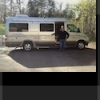
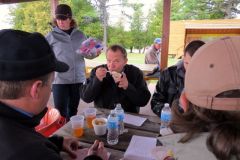
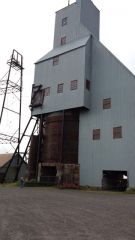
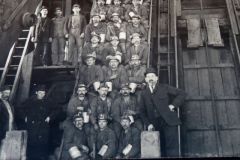
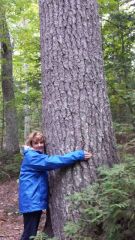

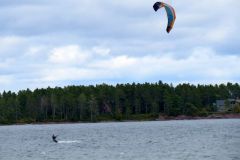
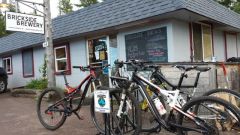
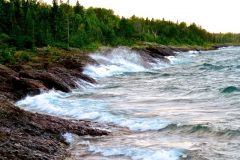
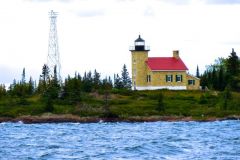
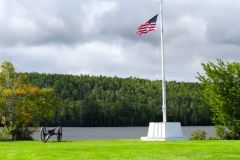
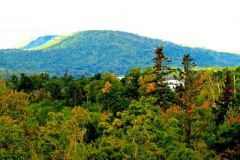
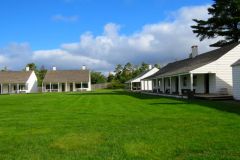
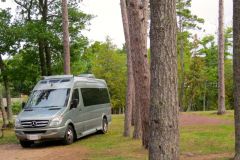
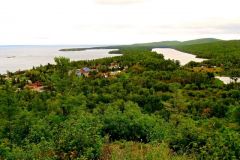
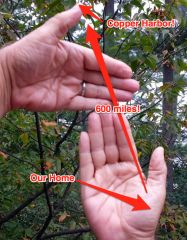
0 Comments
Recommended Comments
There are no comments to display.
Please sign in to comment
You will be able to leave a comment after signing in
Sign In Now